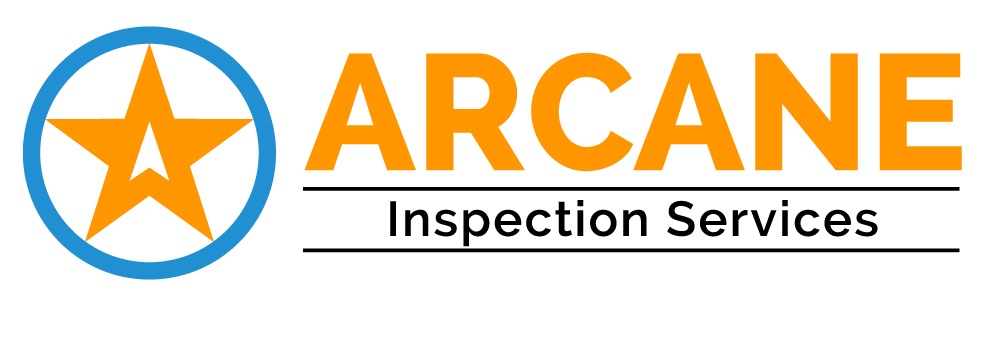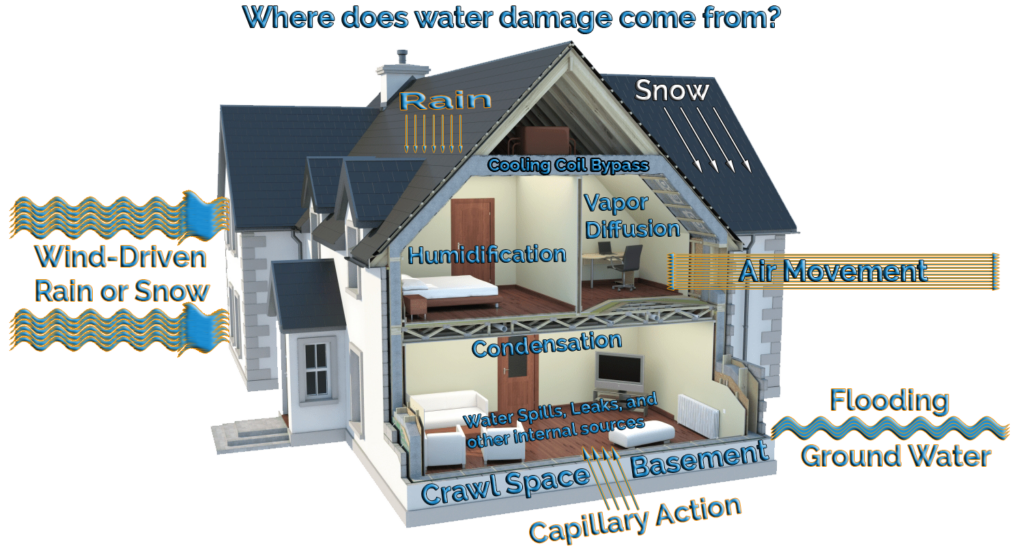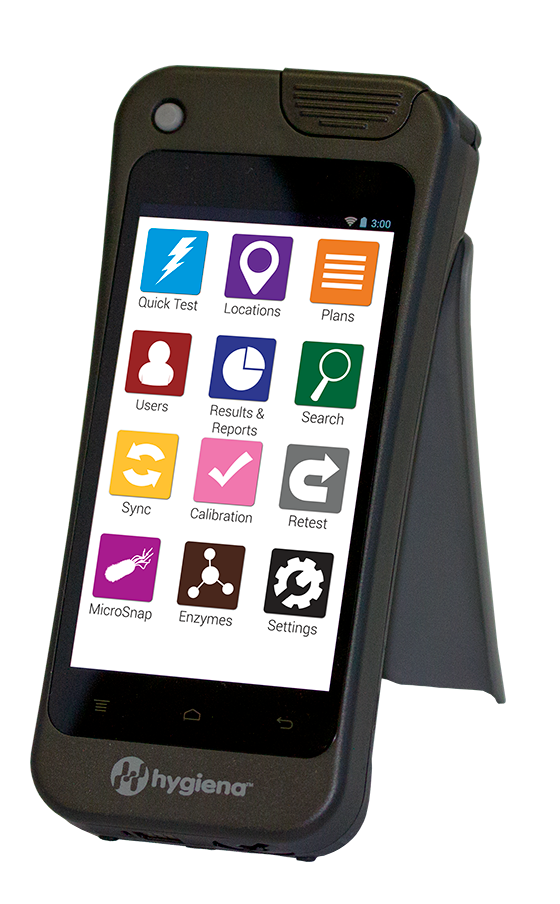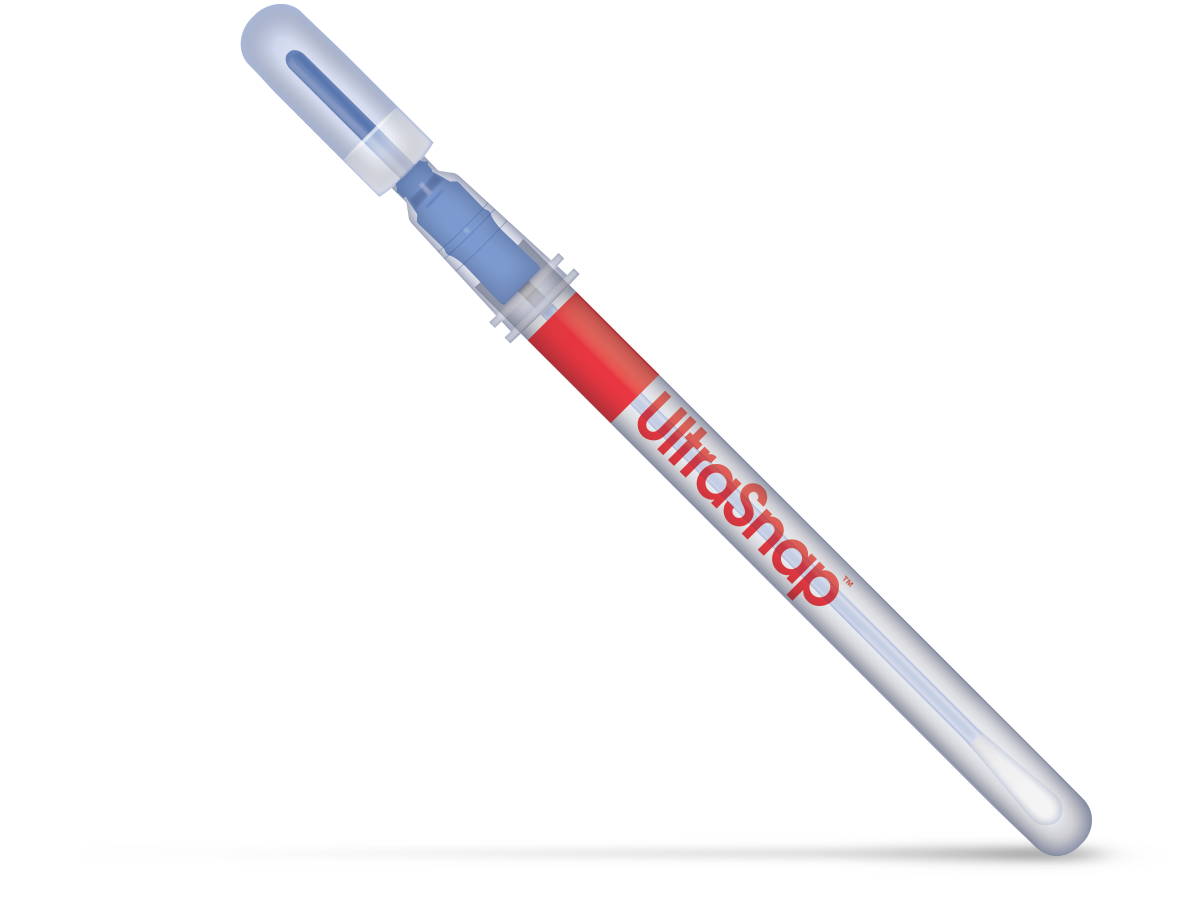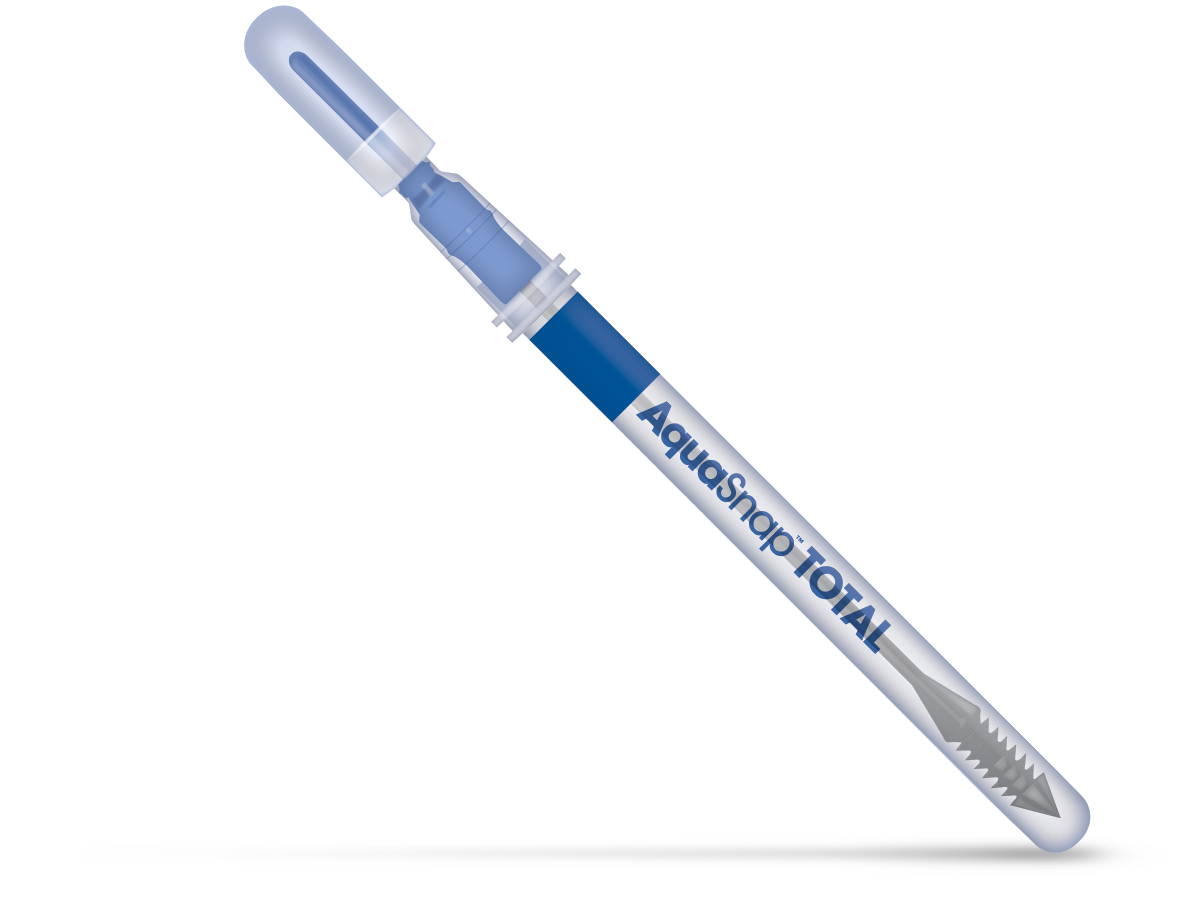Water Damage (WTR) Inspections
Water Damage is one of the most common causes of damage that can occur in a commercial or residential building. According to ISO (Insurance Services Office), water damage claims are the second most frequent insurance claim, after wind and hail damage. There are so many things to look for when it comes to water damage. One of those things is the category of water damage.
What you should know about the different categories of water?
- CATEGORY 1: Sanitary "Clean Water"
- CATEGORY 2: Significantly Contaminated "Grey Water"
- CATEGORY 2: Significantly Contaminated "Grey Water"
The are 3-different categories of water which refer to the source of the water damage and other potential contaminants, including what the water may come in contact with. Water cleanliness plays a major role in the risk that the water poses to anyone or anything that comes in contact with it.
The IICRC water classification says the categories of water “refer to the range of contamination in water, considering both its originating source and its quality after it contacts materials present on the job site”. Although they are no longer official designations, many still refer to those categories as Clean, Grey, and Black Water. Those terms can be helpful when trying to remember the cleanliness level of each category.
Categories of Water
Category 1
Sanitary ("Clean Water")
The IICRC S500 defines Category 1 water damage as water that “originates from a sanitary water source and does not pose a substantial risk from dermal, ingestion, or inhalation exposure.”
“Clean Water” is from a source that poses no substantial harm to people.
Examples can include:
- Water supply lines
- Ice Maker
- Clothes or Dishwasher
- Melting ice/snow
- Rainwater
- Toilet tanks
- Toilet bowls without contaminants
The keywords here are “sanitary water source” and “does not pose a substantial risk”. That is why this water is considered “clean”.
This assumes that the surfaces being flooded are reasonably clean.
**After 48 hours, a Category 1 can become a Category 2.
Category 2
Significantly Contaminated (“Grey Water”)
The IICRC S500 defines Category 2 water damage incidents as water that “contains significant contamination and has the potential to cause discomfort or sickness if contacted or consumed by humans.”
Examples can include:
- Dishwasher/washing machine discharge or overflow
- Toilet bowl overflow with urine
- Hydrostatic pressure seepage (commonly occurs in basements or slabs)
- Broken aquariums
- Punctured water beds
**Due to rampant bacterial breeding and mold growth, Category 2 becomes a Category 3 situation if left untreated for 2 days or more.
Category 3
Grossly Contaminated (“Black Water”)
The IICRC S500 defines Category 3 water damage as water that is “grossly contaminated and can contain pathogenic, toxigenic, or other harmful agents and can cause significant adverse reactions to humans if contacted or consumed.”
Examples can include:
- Sewage
- Waste line backflows originating from beyond the trap
- Seawater
- Rising water from rivers/streams
- Wind-Driven rain from hurricanes/tropical storms
We have the Right Equipment for the Job
EnSURE™ Touch is an advanced monitoring system that collects, analyzes and reports data from a variety of long-trusted quality test devices, providing rapid and accurate sanitation verification data.
Hygiena™ ATP Monitoring Outperforms Competition
There are three core components to all ATP solutions that determine overall performance: the instrument or luminometer, the bioluminescence chemistry, and the test device design. The Hygiena™ ATP Monitoring System combines a state-of-the-art photodiode with superior liquid-stable chemistry and the patented Snap valve test device to produce the most accurate ATP Monitoring System available.

Surface ATP Test
UltraSnap™ is a user-friendly, all-in-one ATP sampling test used with Hygiena™ luminometers. This pen-sized sample collection device is easy to use, small, and environmentally friendly. In addition, UltraSnap™ uses a unique liquid-stable reagent providing superior accuracy, longer-lasting signal strength, and more reproducible results.

Water ATP Test
AquaSnap™ Total measures both microbial ATP (living cells and particulate matter) and Free ATP (non-microbial or dead cells) in solution. The device contains a detergent to release ATP that is bound to microbial or organic matter and inside microbes. AquaSnap is easy to use, economical and gives real-time results. The specifically designed dipper tip collects 100 µl of water ensuring consistent sample collection.
